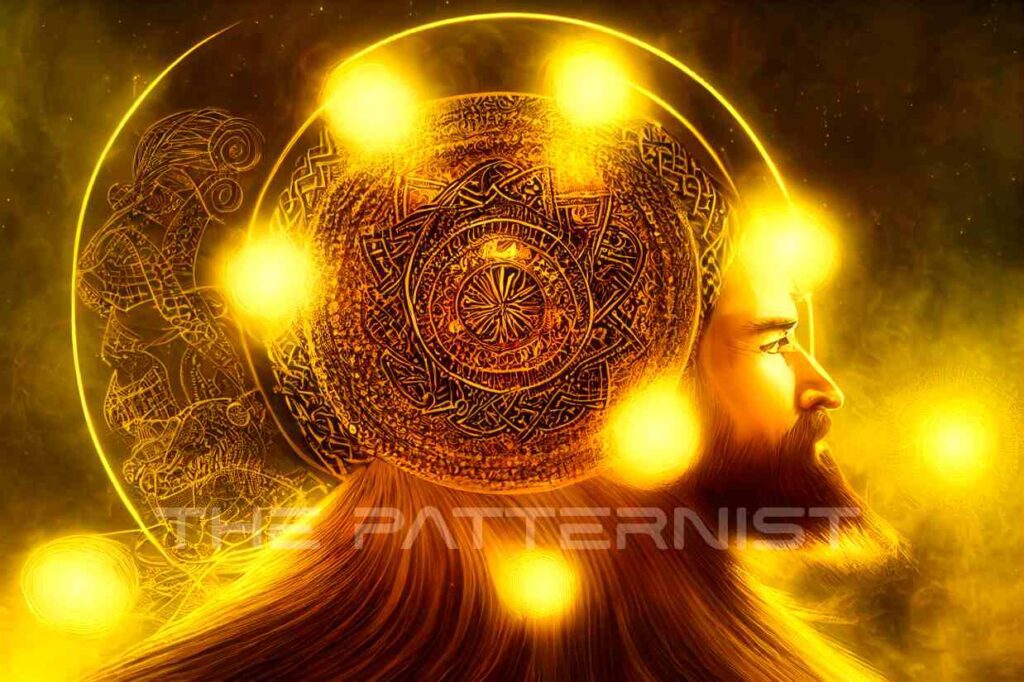The Astrological Influence of the Solstices and Equinoxes
What Are the Solstices and Equinoxes?
The solstices and equinoxes are astronomical events that mark the beginning of each season. The solstices mark the longest and shortest days of the year, while the equinoxes mark the start of spring and fall.

The summer solstice, also known as the June solstice, occurs when the sun is directly over the Tropic of Cancer, which is located at 23.5 degrees north of the equator. This event marks the beginning of summer in the Northern Hemisphere and winter in the Southern Hemisphere. The winter solstice, also known as the December solstice, occurs when the sun is directly over the Tropic of Capricorn, which is located at 23.5 degrees south of the equator. This event marks the beginning of winter in the Northern Hemisphere and summer in the Southern Hemisphere.
The spring equinox, also known as the March equinox, occurs when the sun is directly over the equator. This event marks the beginning of spring in the Northern Hemisphere and fall in the Southern Hemisphere. The fall equinox, also known as the September equinox, occurs when the sun is again directly over the equator. This event marks the beginning of fall in the Northern Hemisphere and spring in the Southern Hemisphere.
How Do the Solstices and Equinoxes Affect Astrology?
In astrology, the solstices and equinoxes are seen as important turning points. The changing of the seasons is seen as a time of new beginnings and fresh starts. The energy of each season is believed to have a different influence on our lives, and astrologers often use the solstices and equinoxes as a way to mark these changes.
For example, the energy of the summer solstice is often associated with action, energy, and creativity.



